Didi’s new Uber app will replace the old one next month
On October 24th, Uber invited some customers to participate in the closed beta before going online to experience the new "Uber Uber China" app in depth.
Uber insiders have previously revealed that this new app will combine the most popular features of Uber and Didi in one. The first version is the most concise version, and it will continue to be upgraded and optimized in the next few months. Let’s try it out first and see what changes this "new Uber" has made.
Before talking about changes, let’s talk about what hasn’t changed:
First, the minimalist aesthetic. Everyone’s favorite Uber, clean interface remains the same.
After the download and installation are completed, the icon still maintains the style of the original version, the only difference is that the word "new" is added in the lower right corner of Icon, which is different from the old version in a simple and clear way.
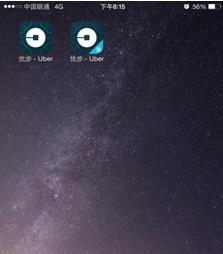
From the surface, the logo and naming of the original app are the same as before, and the login process has not changed.
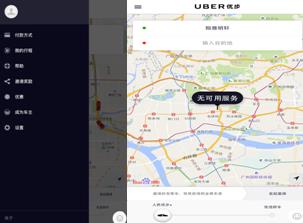
There will be a seamless transition between the old and new apps. Uber’s existing users in China will be able to continue to log in with their original accounts, and most users will no longer need to re-enter their passwords and bind payment methods when using the new app.
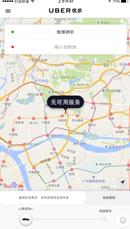
The taxi process has not changed. Get off the bus and pay or just leave. The payment method is secret-free payment…
Everything is the same. So where is this new Uber app "new"?
A closer comparison of the old and new versions of Uber will reveal that some of the more obvious changes are that the Uber app has added many functions on the Didi app, such as WeChat docking, online real-time customer service, etc., but also "missing" some functions and modules in the old version of the app, such as globalization function.
The first point is faster. The more obvious user-related change is that the download package size is the previous (iOS) and (Android).
The overall feeling after opening the new app is that it feels a lot faster. The new version loads extremely fast, and the jumping between pages is smoother than before.
This feeling is demonstrated after querying the properties.
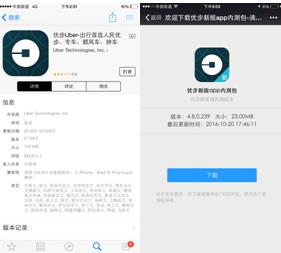
The relevant attributes show that the installation file of the original version of the Uber App has reached 91MB, while the newly downloaded Uber App is only 22.6MB in size. The Android download package has also changed from 21.2MB to 10.6MB, and the installation package size is only 1/4 of the original download package size.
It is speculated that this can be achieved for a variety of reasons: because the Uber interface and product line are relatively simple, without the need for so many modules, and the technology and methods of the product team are different from those in the past.
It is revealed that in addition to the smaller download package, the new app’s memory, traffic, and power will be more economical in the past, and the page jump speed will also be faster.
Second: Add real-time online manual customer service
The help page is connected to real-time online manual customer service.
As a veteran user of Uber, in the past, although seeking complaints and suggestions could be reported through the message in the app, although this method has become very popular abroad, Chinese consumers are not used to it. Didi customer service has telephone customer service, so it can be expected that the merged Uber will also provide telephone customer service.
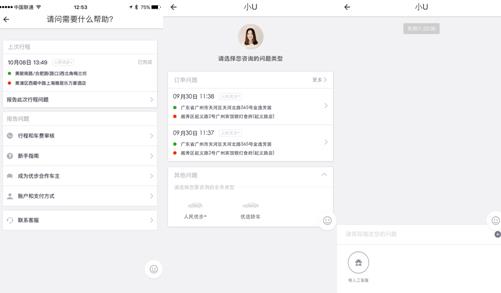
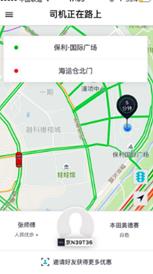
The new version adds "vehicle color information," a feature that is also available on Didi’s app but not previously available at Uber, and can help taxi riders see vehicles at first glance.
Fourth, it is easier to communicate with the driver. To communicate with the driver, you can leave a message in the app, no longer just rely on phone calls.
In the past, Uber was used to connect with drivers, and by "contacting the driver", the system would dial the driver’s phone number. In some cities of Uber, some cities have previously been able to "talk" with drivers by leaving messages in the app.
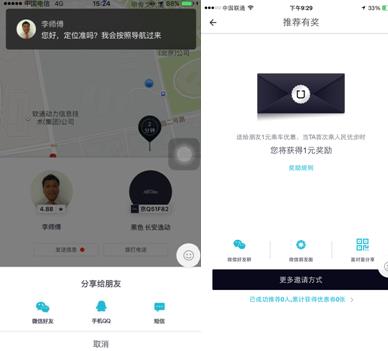
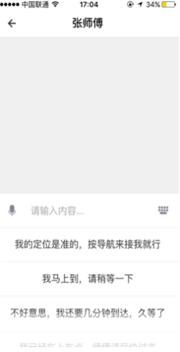
The fifth change is that after a year and a half, WeChat has finally developed the new Uber. You can use WeChat to share routes and recommend friends for rides
The safety of online car-hailing has always been everyone’s top concern. The "share real-time itinerary" function was first launched by Uber. Previously, on the Uber app, real-time online itinerary webpages could be shared by text message, and family and friends could know the real-time location of passengers by clicking on the webpage.
The new app still maintains this function, but WeChat and QQ channels have been added to the sharing channel, allowing users to share their real-time routes in more ways.
WeChat’s overnight forceful entry into the Uber app is unexpected, but it seems reasonable. In addition to sharing trips, you can also use WeChat and QQ to recommend ride discounts to others, which is also a function that Uber’s old app does not have.
Sixth, focus. The new version currently only retains two product lines, "People’s Uber +" and "Preferred Cars", focusing on the sharing economy and compliant vehicles
The interface, the map, the familiar red car, the estimated time to prompt the estimated arrival of the nearest vehicle, and the "Click to use the car" button all maintained the original style, while the function keys below were streamlined to the greatest extent, retaining only "People’s Uber +". (Including carpooling) and "Preferred car" two main businesses.
In the past, Uber has had different types and numbers of product lines in various cities (People’s Uber, Preferred Car, Privilege Car, Cross-City Car, 7-Seater Car, etc.). It is known that after the launch of the new app, most cities across the country have only temporarily retained the People’s Uber + and Preferred Car product lines, and other product lines may be added in the future.
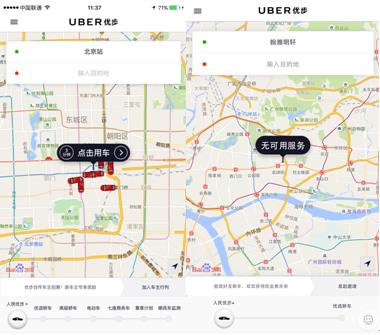
The most significant change is that foreign users may be affected.
Uber’s new app is "missing" some features and modules from the old version of the app, such as temporarily unable to use overseas, missing the English version of the interface and temporarily unable to bind international credit cards. According to internal sources, these features are expected to be gradually improved in future upgrades.